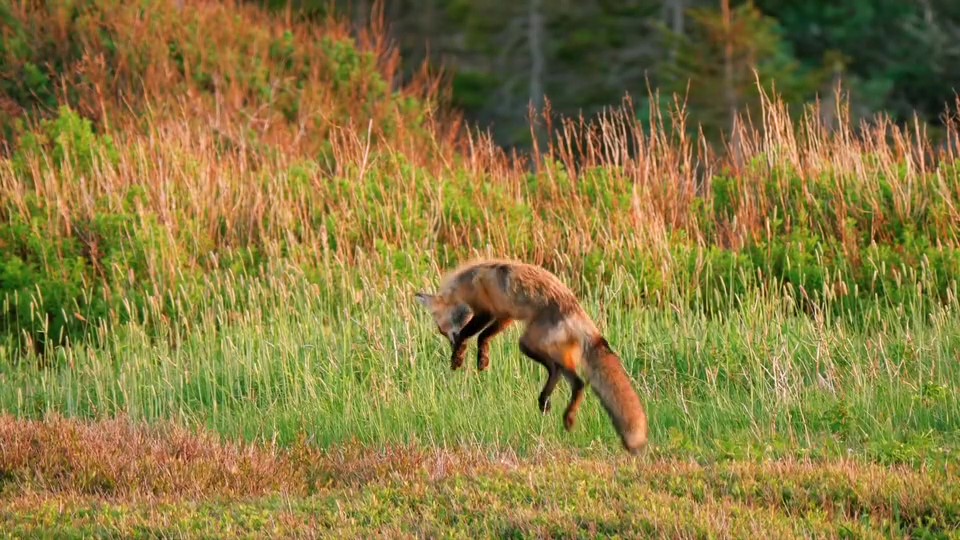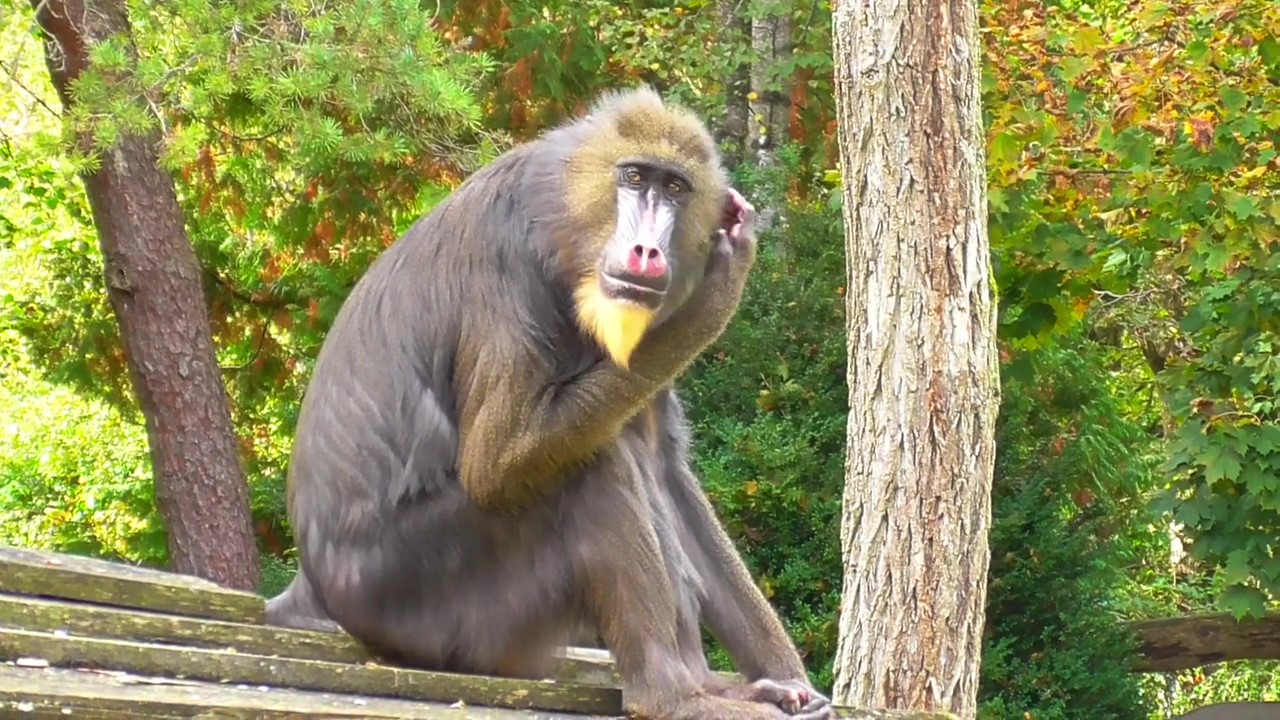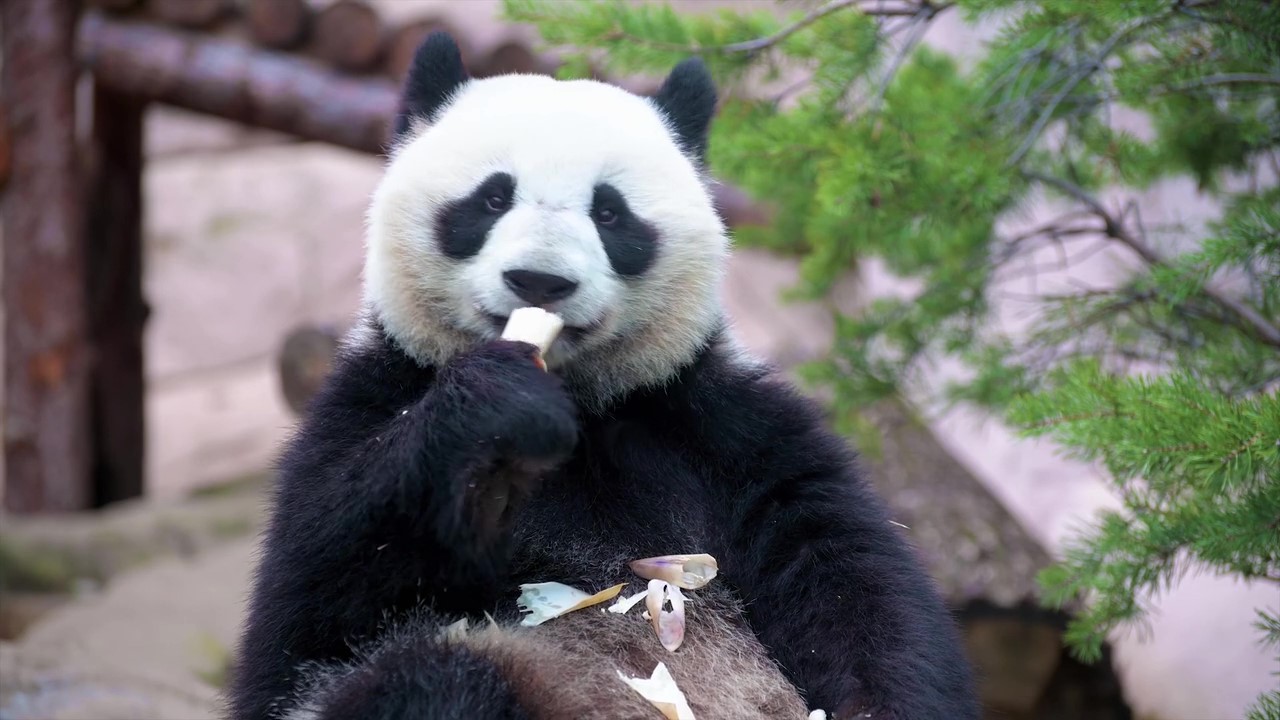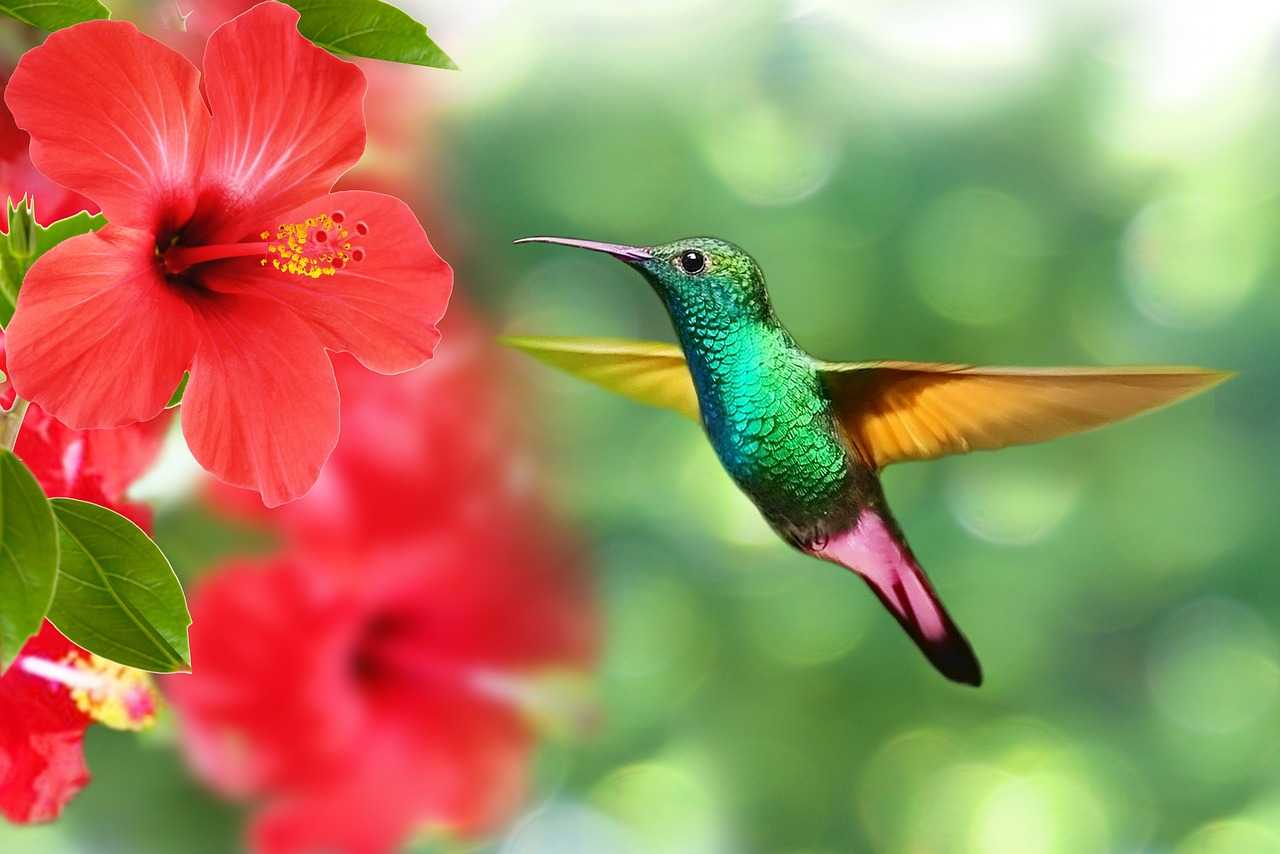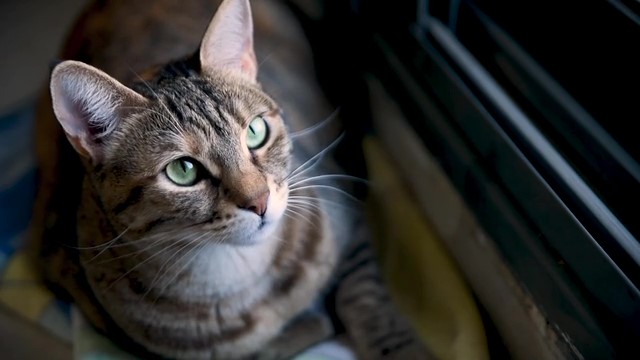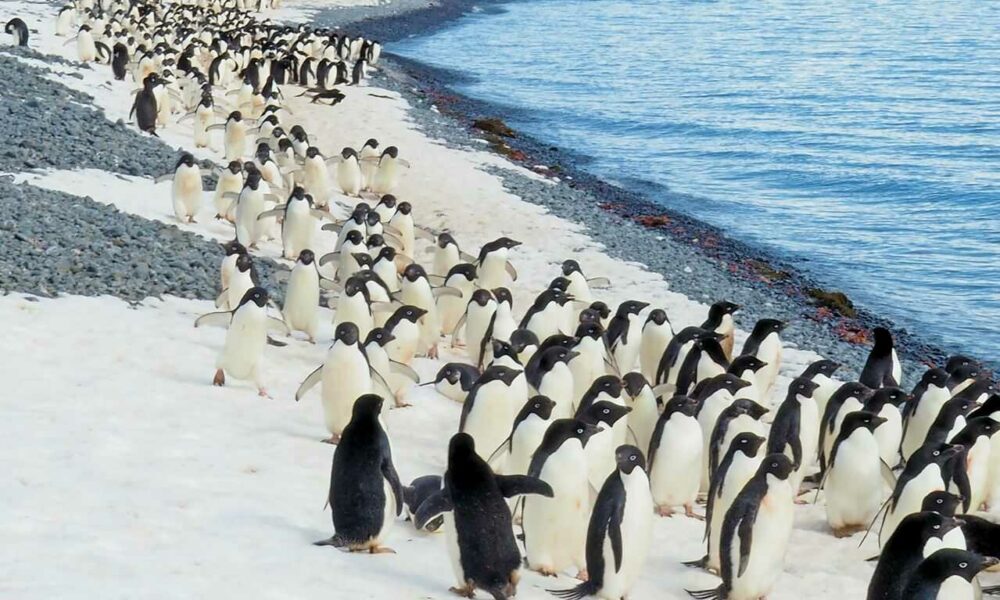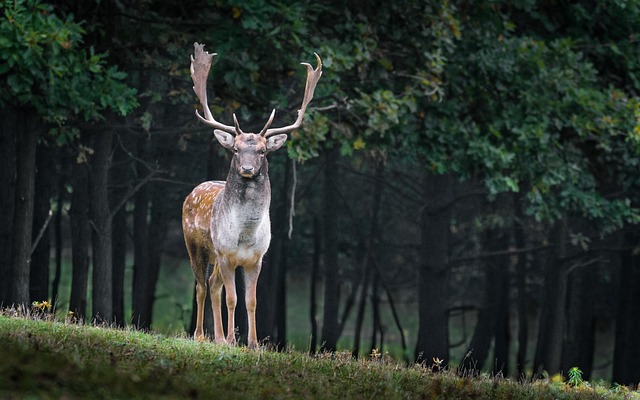
Flamingo
Flamingo
Flamingo
Beautiful plumage and long slender legs are the distinctive features of the flamingo! The flamingo has a colorful body, but there are many mysteries hidden behind it. Would you like to explore the world of flamingos that you didn’t know about together?
Flamingo Basic Infomation

Aves-Phoenicopteriformes-Phoenicopteridae.
Length 70~150cm. Weight 2~4kg.
Mainly inhabits Africa, southern Europe, Central Asia and western India.
It is also called Benizuru. The neck and legs are very long, and the beak is curved.
The toes have paddles attached to them, and the feathers are characterized by a light pink color overall with a reddish-orange tint.
There is no clear difference between males and females like peacocks, but it seems that they are often judged by their body size.
They form groups around water and lay eggs in nests made of mud during the breeding season from April to May. Basically, only one egg can be laid per bird. For about a month, the male and female take turns incubating the egg and the chick is born. The weight of the chick is about 75g.
The lifespan of flamingos is about 25 years in the wild and 40-50 years in captivity. Some flamingos have been confirmed to live as long as 83 years.
Flamingos mainly eat plankton and algae in water while bending their necks and lowering their upper beaks.
Flamingo Q&A

Why are flamingos pink in their bodies?
Among many birds, flamingos have a beautiful pink body and are very impressive birds. But did you know that their body color is not pink from birth?
Actually, flamingo chicks are born with white bodies. As they grow up, their body color gradually changes to pink, but this is not a natural change in color. It is related to the food they eat.
Wild flamingos eat algae and plankton that are red in color. Algae contains a component called carotenoids that causes color deposition when it enters the body. The mechanism by which the body color changes as they continue to eat these foods.
In addition, it seems that some zoos feed flamingos with food mixed with pigments.
By the way, the darker the body’s pink color, the more attractive it is to mate and the higher the breeding rate.

Why do flamingos stand on one leg?
Speaking of flamingos, their long necks and slim legs are also characteristic. There are several theories as to why they have such a unique appearance.
First, it is for temperature regulation.
Flamingos usually live near water and their feet are often in the water. This causes their body temperature to drop easily.
To prevent their body from weakening due to the cold, they stand on one leg while occasionally switching between their right and left legs. It seems that they often stand on one leg during the cold winter, but they sometimes stand on both legs during the warm spring and summer.
It is also thought that they rest one leg at a time.
In addition to these reasons, it is said that standing on one leg is a way to maintain a posture that allows them to escape quickly if an enemy comes or to attract the opposite sex, but there is no clear evidence for this.

Where does the name Flamingo come from?
It is interesting that the word “flamma” (flame) in Latin is said to be the origin of the word “flamingo”.
There are speculations that their body color is so vivid like flames, but it is not clear why they came to be associated with flames.

What is "fracking" in flamingos?
Have you ever heard of the term “flacking” in relation to flamingos?
It is a behavior mainly observed during the breeding season where they stretch their necks straight and shake them from side to side. The name comes from the fact that it looks like they are waving flags.
So why do they do this? The answer is to synchronize the timing of breeding for the entire flock. By aligning the timing of egg-laying, the timing of hatching is also almost synchronized for all chicks. This increases the probability of survival for each chick. If they don’t leave as many chicks as possible, they won’t be able to pass on their genes to the next generation.
If they are kept in captivity, they don’t have to worry about being attacked by predators, so it’s relatively safe. However, in the wild, they never know when or what kind of predator will attack them. This may be a secret strategy that flamingos have come up with to ensure their survival.

Is it true that male flamingos also produce milk?
Most mammals produce milk when they are nursing their young, and it is said that the majority of females are responsible for this. However, male flamingos can also feed their chicks with milk just like females.
However, since flamingos are birds, they cannot produce milk from their breasts like dogs or cats. The crop is a part of the flamingo’s esophagus, and it produces something called “flamingo milk.”
It is secreted when the chicks hear their cries, and the parents give it to them with their beaks.
Furthermore, this milk contains red pigments similar to those found in the food that the parents eat. So until the chicks can eat plankton on their own, they drink flamingo milk and turn their bodies pink.

Do flamingos' bodies stay pink all the time?
As mentioned in the previous Q&A, the reason flamingos are pink is related to the food they eat.
So once a flamingo’s body turns pink, will it never turn white again?
To introduce a somewhat sad and lonely story, flamingo parents raise their babies with flamingo milk until they can be independent.
As I mentioned earlier, flamingo milk contains red pigments that are stored in the parent bird’s body. In other words, the more milk you give to your baby, the more pigments will be removed from the parent bird’s body and the whiter its body will become.
This period is said to last about three months, but if their body turns white, it is also evidence that they have worked hard to raise their children at the expense of their own bodies.
And one more thing: there was an adult flamingo with a white body at a certain zoo. When asked why it had a white body even though it wasn’t raising children, it was because it wasn’t being fed food containing carotenoids.
In other words, once a flamingo’s body turns pink, it cannot maintain that color forever and its feathers can change color depending on changes in its environment or diet.

Is it true that flamingos with dark bodies are strong-minded?
Flamingos have a beautiful pink color, but if you observe them closely, you will notice that each bird has a slightly different shade of pink.
It is said that flamingos with darker pink bodies are more aggressive and attack more often. However, is this really true?
As I mentioned in another Q&A, it is true that flamingos with darker pink bodies are more attractive to other flamingos.
But why are brightly colored flamingos so attractive? Flamingos’ feathers turn pink because they eat food containing carotenoids. The more they eat, the darker their feathers become.
Flamingos with colorful bodies have a high ability to eat a lot of food and recover quickly even if they get sick. In other words, it is a sign of good health. This is because they are influenced by good components of carotenoids, so the reason why flamingos with dark pink feathers are popular is here.
There is a desire to leave behind healthy children who can survive in the harsh natural world, and so it makes sense that healthy flamingos are popular.
And as to whether flamingos with darker pink bodies are aggressive or not, such flamingos tend to dominate their eating environment. This is because they cannot maintain their dark pink color if they cannot eat as they please. They attack other flamingos that interfere with their feeding.
In reality, it is still unclear whether the dark pink color is due to the influence of carotenoids and makes them aggressive or whether it is simply that some flamingos are naturally aggressive and monopolize their feeding environment.

How do flamingos sleep?
Have you ever seen a flamingo sitting down and doing something?
Then how do they sleep?
Interestingly, flamingos sleep while standing on one leg. They also sometimes fold their legs in front of them while sleeping.
However, depending on the surrounding conditions such as strong winds, they may sleep standing on both legs.

Would you like to become a part of the 'Animalbook.jp'?
Turn your knowledge into Q&A and share it with the world. ※Publication will be activated after purchase. Let's share information together!
Flamingo Type of List

・Greater Flamingo.(European greater flamingo.) ・Caribbean Flamingo. ・Lesser Flamingo. ・James's Flamingo. ・Andean Flamingo. ・Chilean Flamingo.
Information
Congratulations! You are the first commenter!

Would you like to leave a comment?
※Please note: This is for the purchase of rights to post comments within the article.

Find Your Favorites!
Our shop offers a unique and attractive selection of goods themed around various animals.
Flamingo References

- ブリタニカ国際大百科事典 小項目事典
- 日本大百科全書(ニッポニカ)
- NATIONAL GEOGRAPHIC https://natgeo.nikkeibp.co.jp/atcl/news/20/061100349/
- 野毛山動物園 http://www.hama-midorinokyokai.or.jp/zoo/nogeyama/details/post-641.php#:~:text=フラミンゴ
- みさとワールド 夢見ヶ崎動物公園 http://www.misatosys.com/YUME/RYUME/flamingo.html
- ホンシェルジュ https://honcierge.jp/articles/shelf_story/6683
- 知識の宝庫!目がテン!ライブラリー https://www.ntv.co.jp/megaten/archive/library/date/04/10/1010.html
- ウィキペディア https://ja.wikipedia.org/wiki/フラミンゴ
- 静岡市立日本平動物園 https://www.nhdzoo.jp/sp/newspaper/naka.php?newspaper_uid=1314&newspaper_num=28#:~:text=フラミンゴ
- 東京ズーネット https://www.tokyo-zoo.net/topic/topics_detail?kind=news&inst=tama&link_num=22911
- 万物の寿命まるわかり事典 http://www.lance4.net/banbutuno-jumyo/z0193.html
Flamingo Introduction of media used
出典:https://pixabay.com/videos/id-49459/
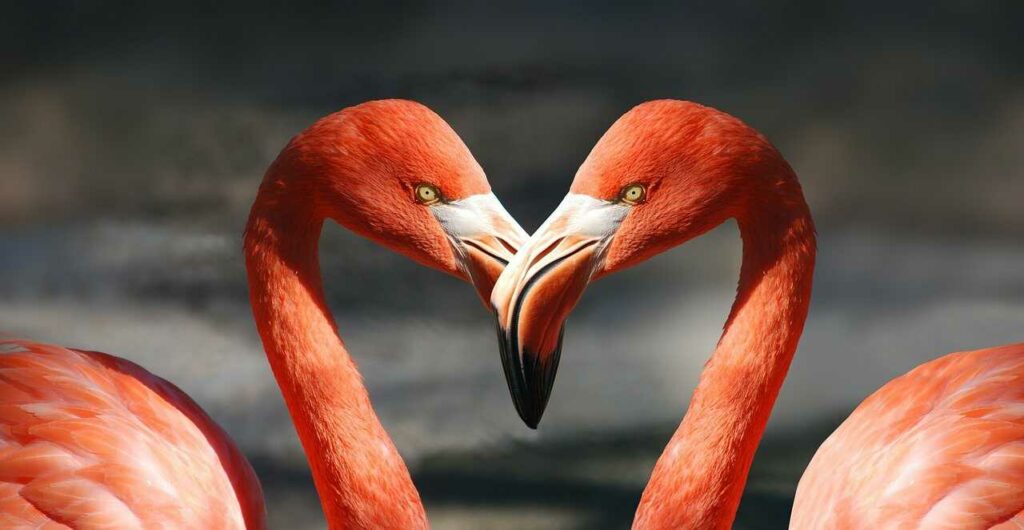
出典:https://pixabay.com/images/id-600205/
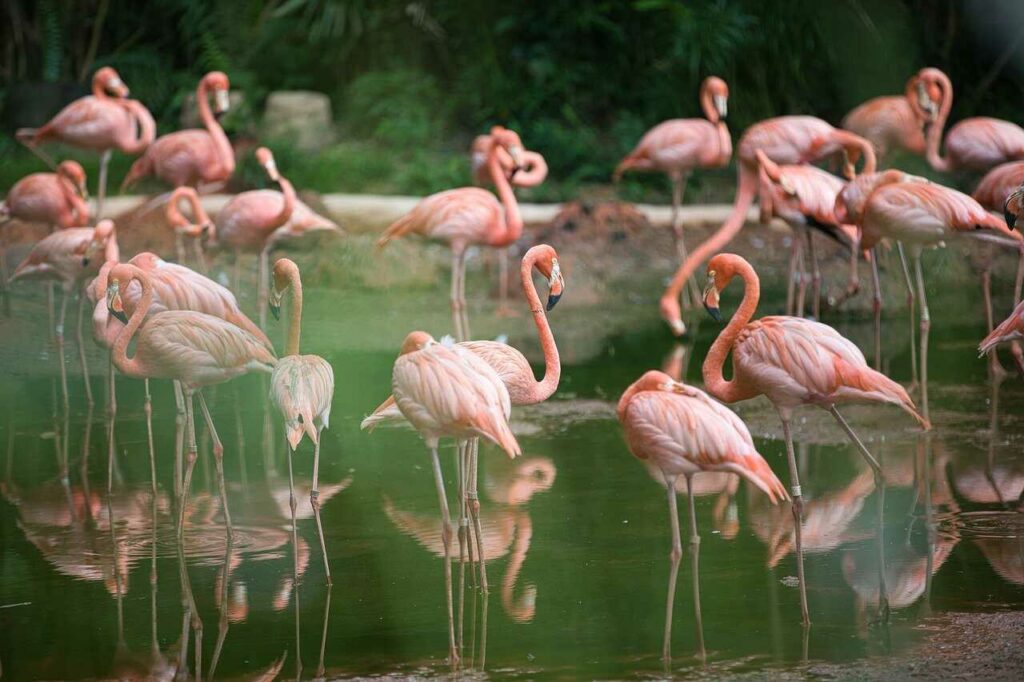
出典:https://pixabay.com/images/id-5154150/
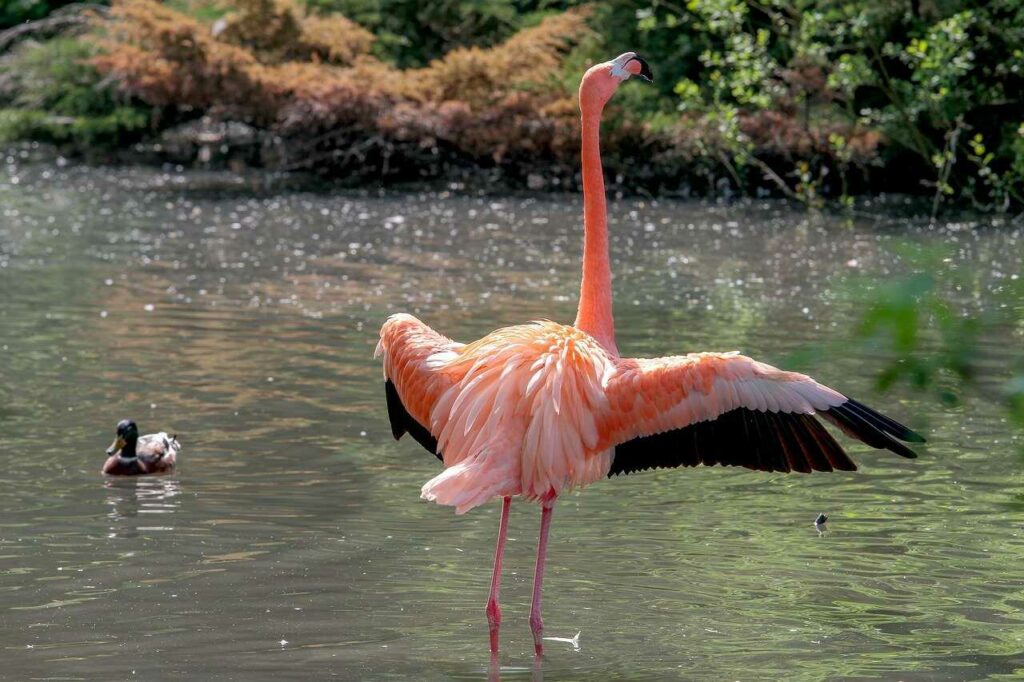
出典:https://pixabay.com/images/id-3762962/
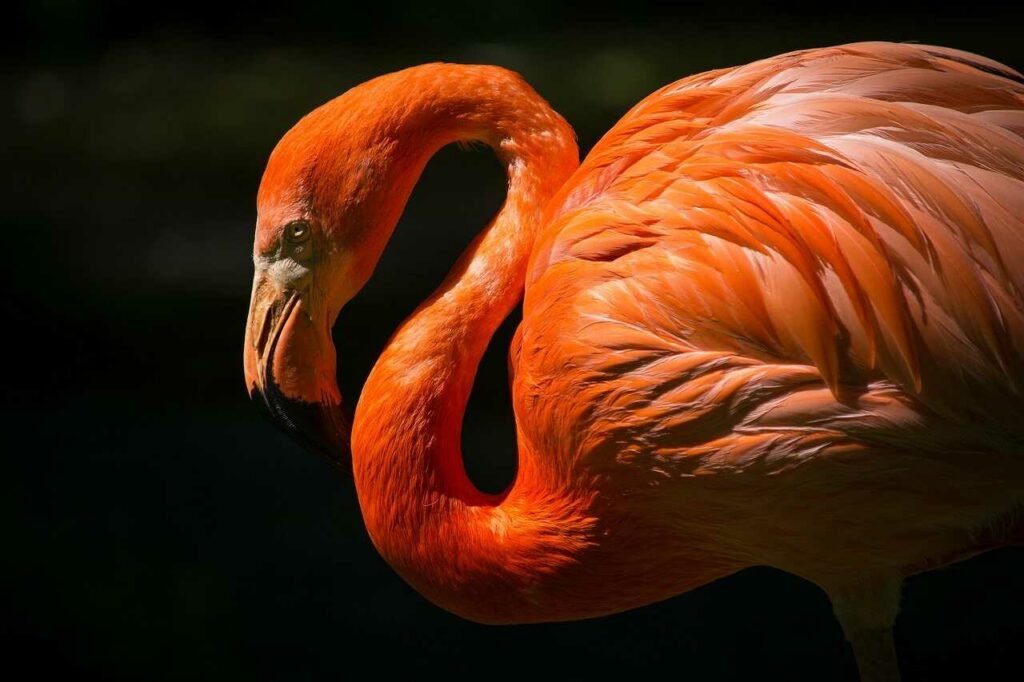
出典:https://pixabay.com/images/id-1854210/

出典:https://pixabay.com/images/id-4236085/
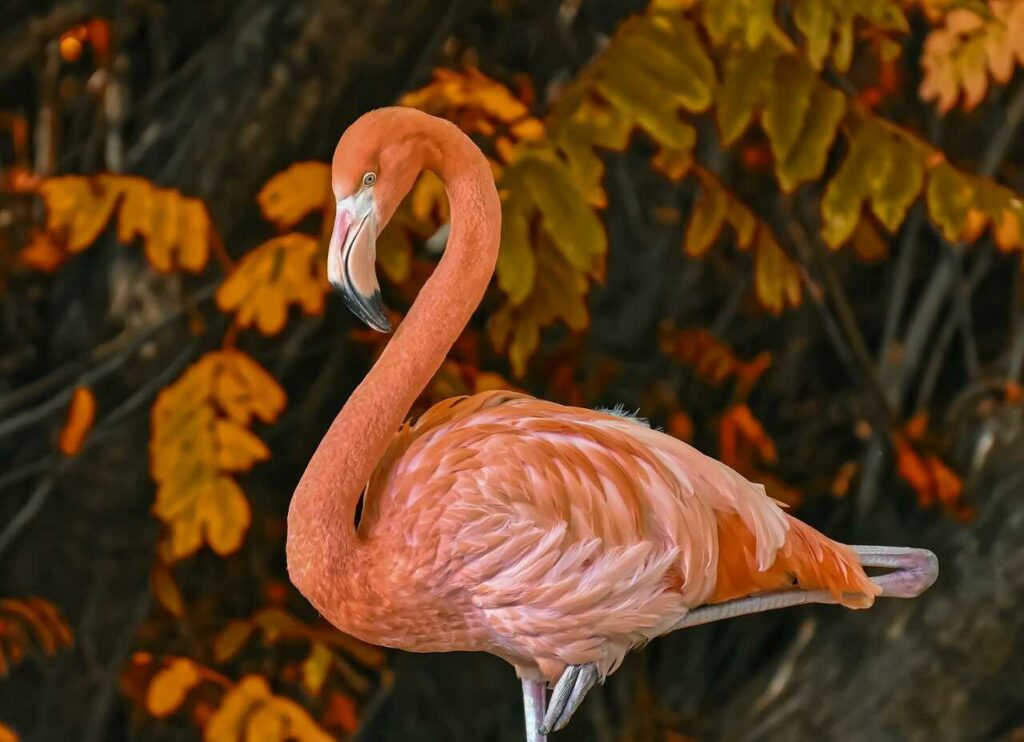
出典:https://pixabay.com/images/id-4553025/

出典:https://pixabay.com/images/id-3508550/
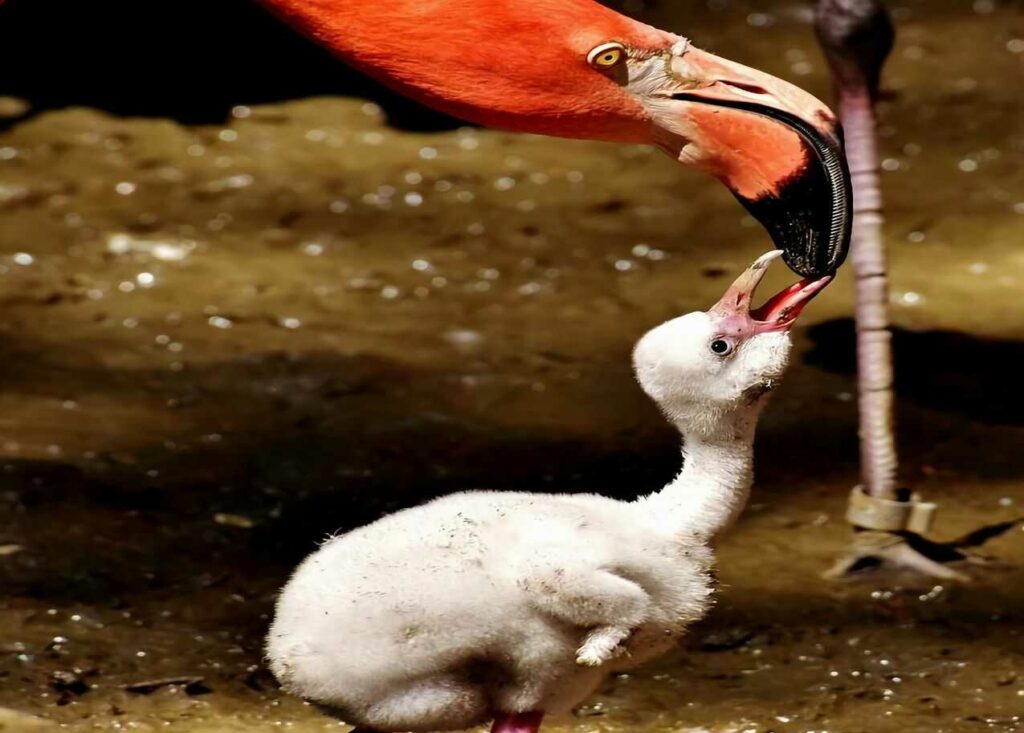
出典:https://pixabay.com/images/id-2515750/
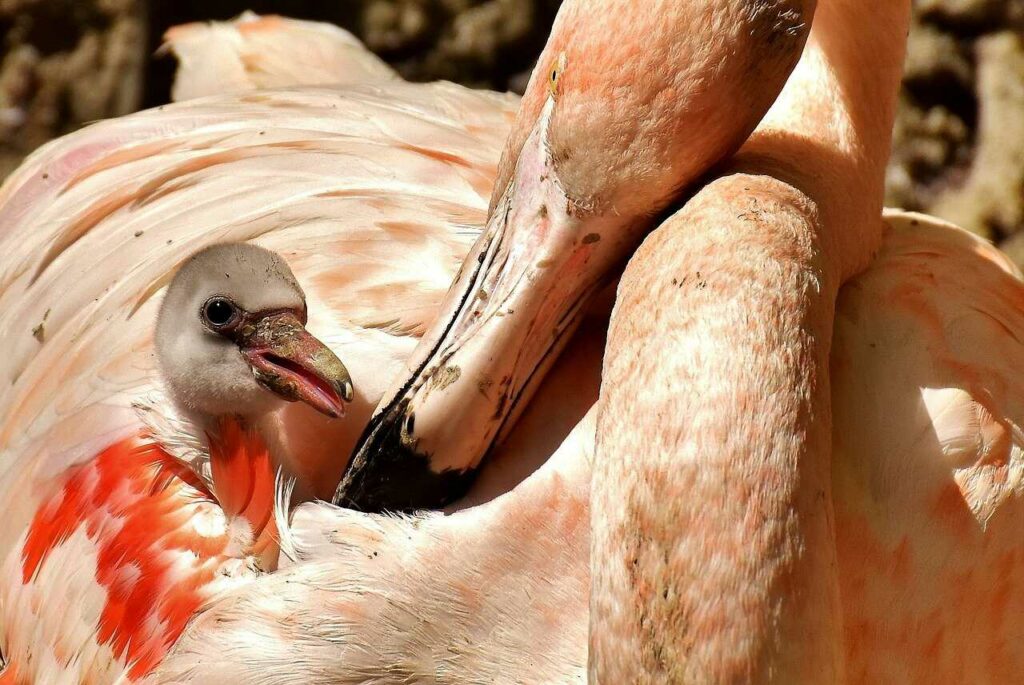
出典:https://pixabay.com/images/id-2466081/
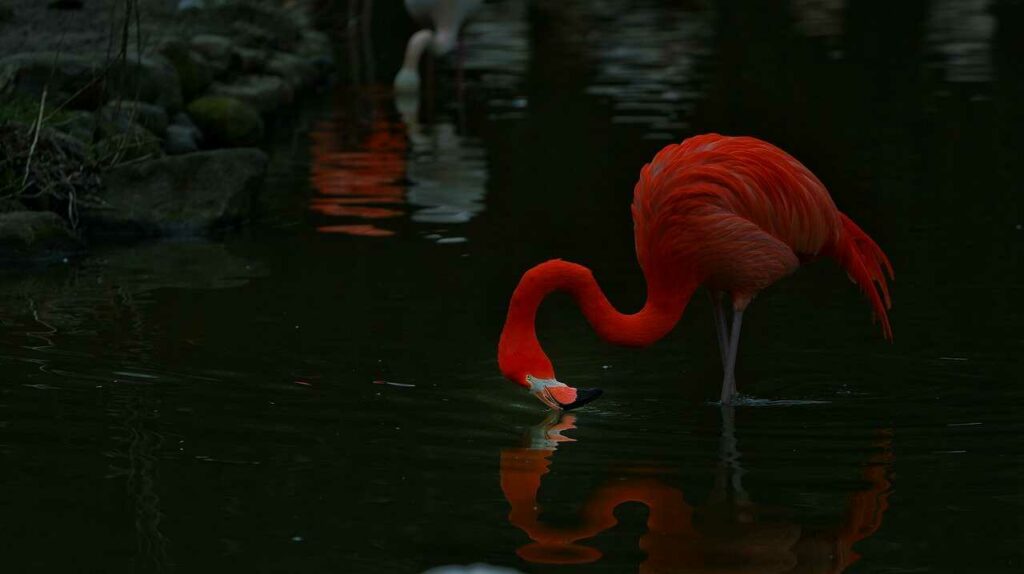
出典:https://pixabay.com/images/id-4448588/
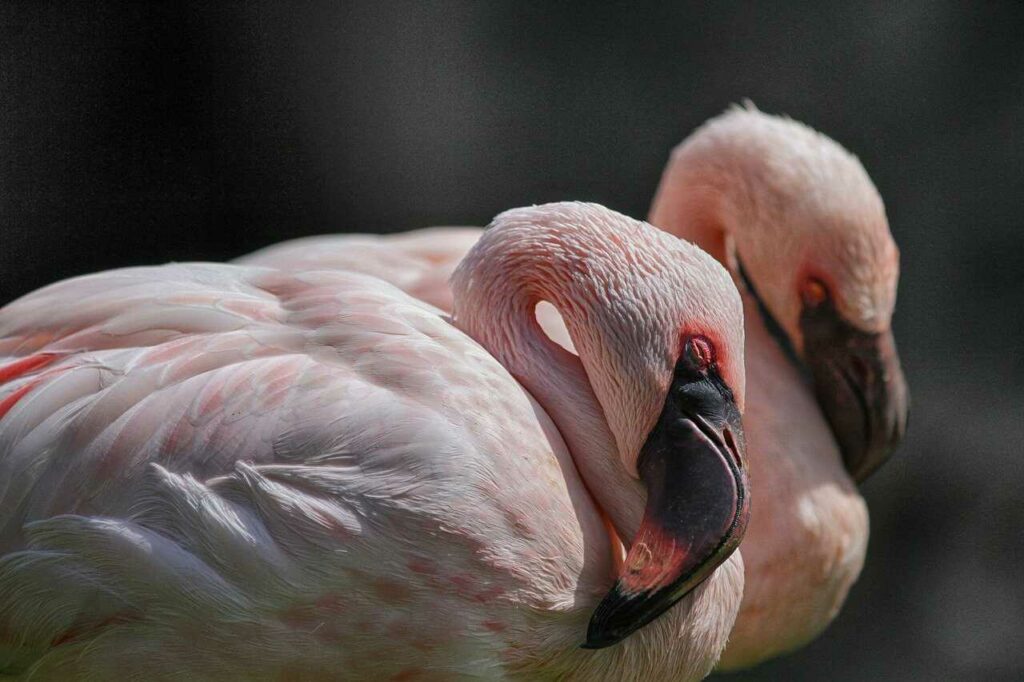
出典:https://pixabay.com/images/id-5332314/

Help Enrich Our Animalbook.jp with Your Media!
We are constantly looking to expand and enrich our Animalbook.jp with amazing photos and videos of animals. If you have any media that you'd like to share, please contribute and help us showcase the beauty and diversity of the animal kingdom. Your submissions will be credited and featured in our encyclopedia, reaching a wide audience of animal lovers.

